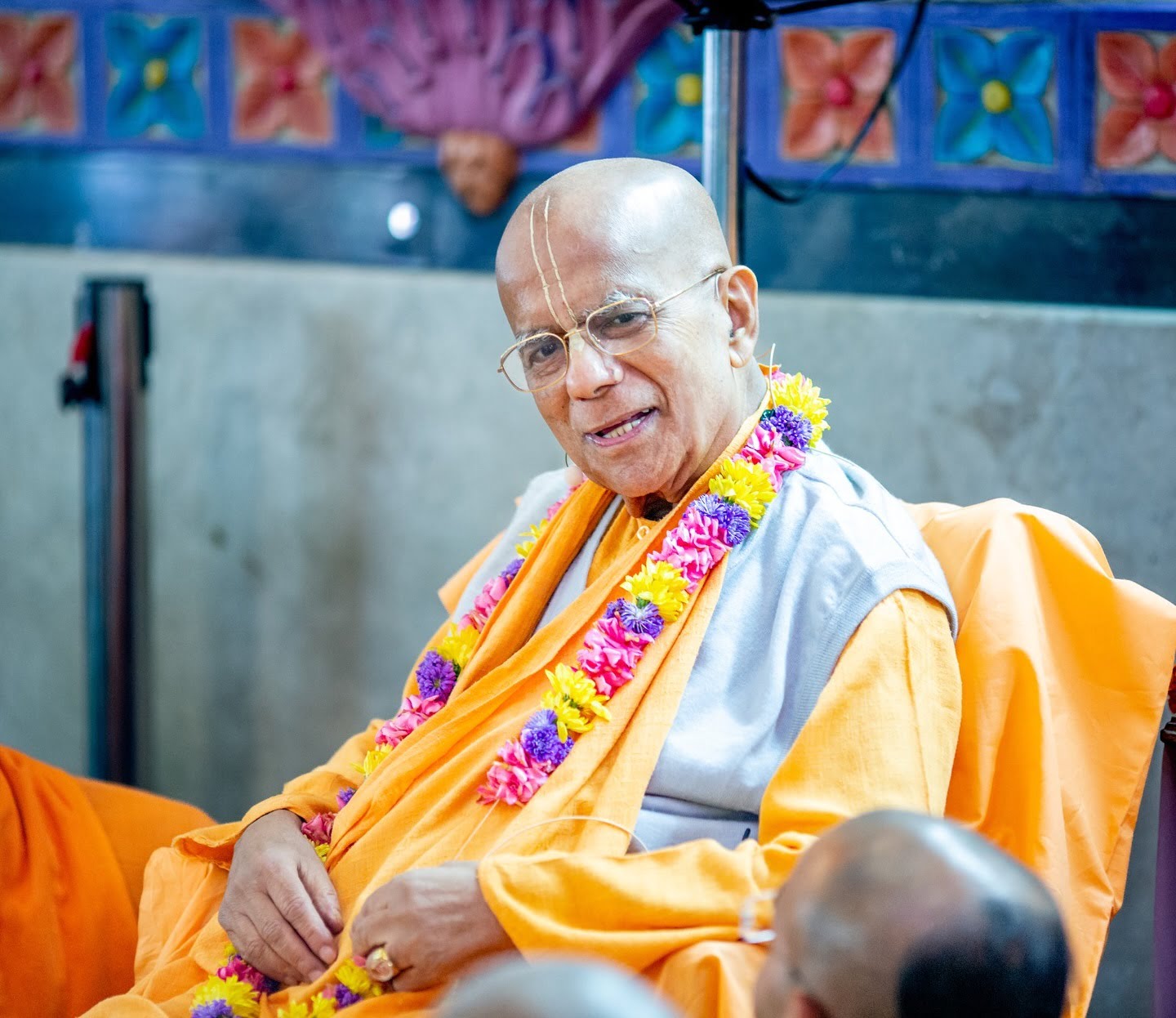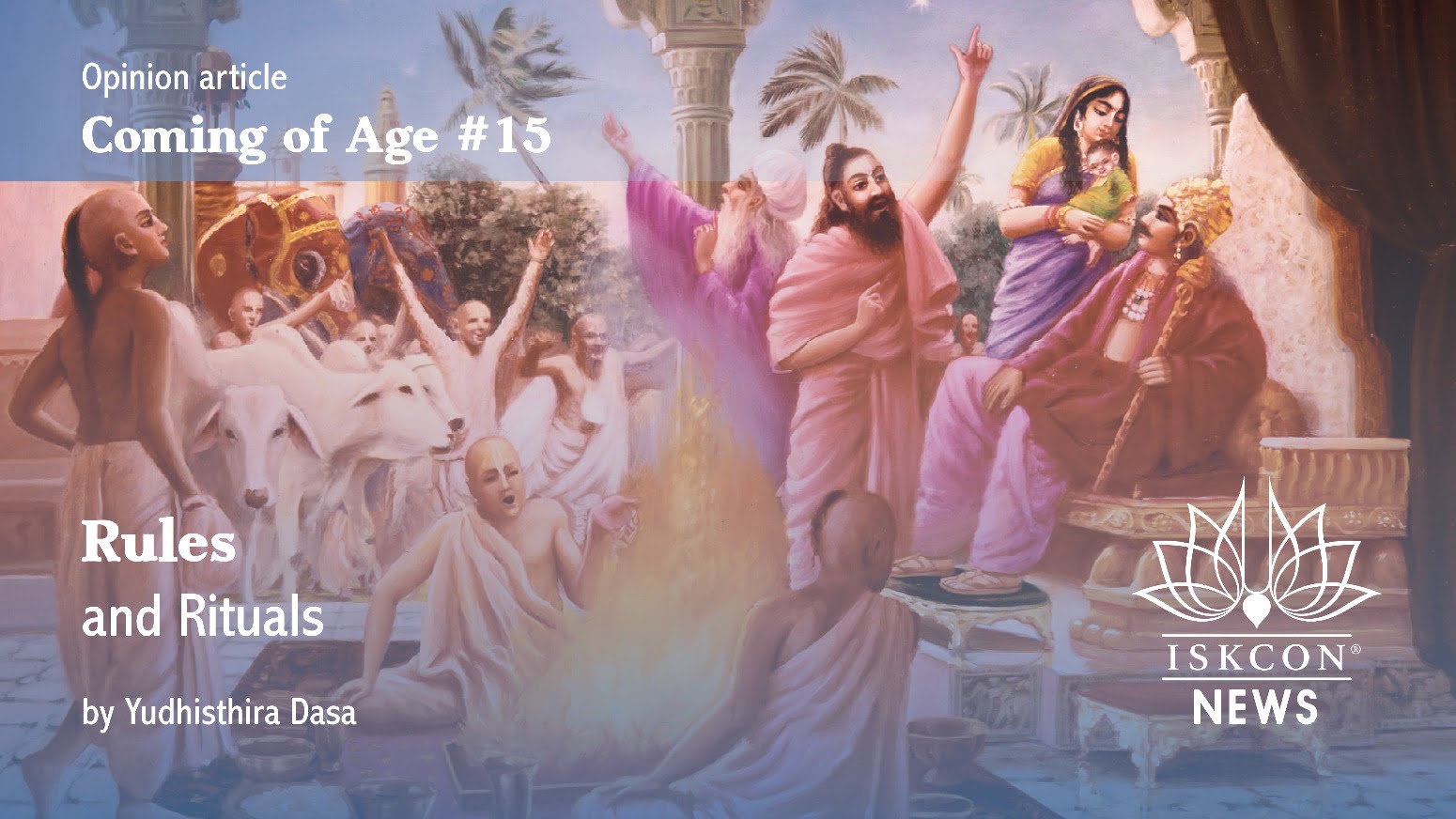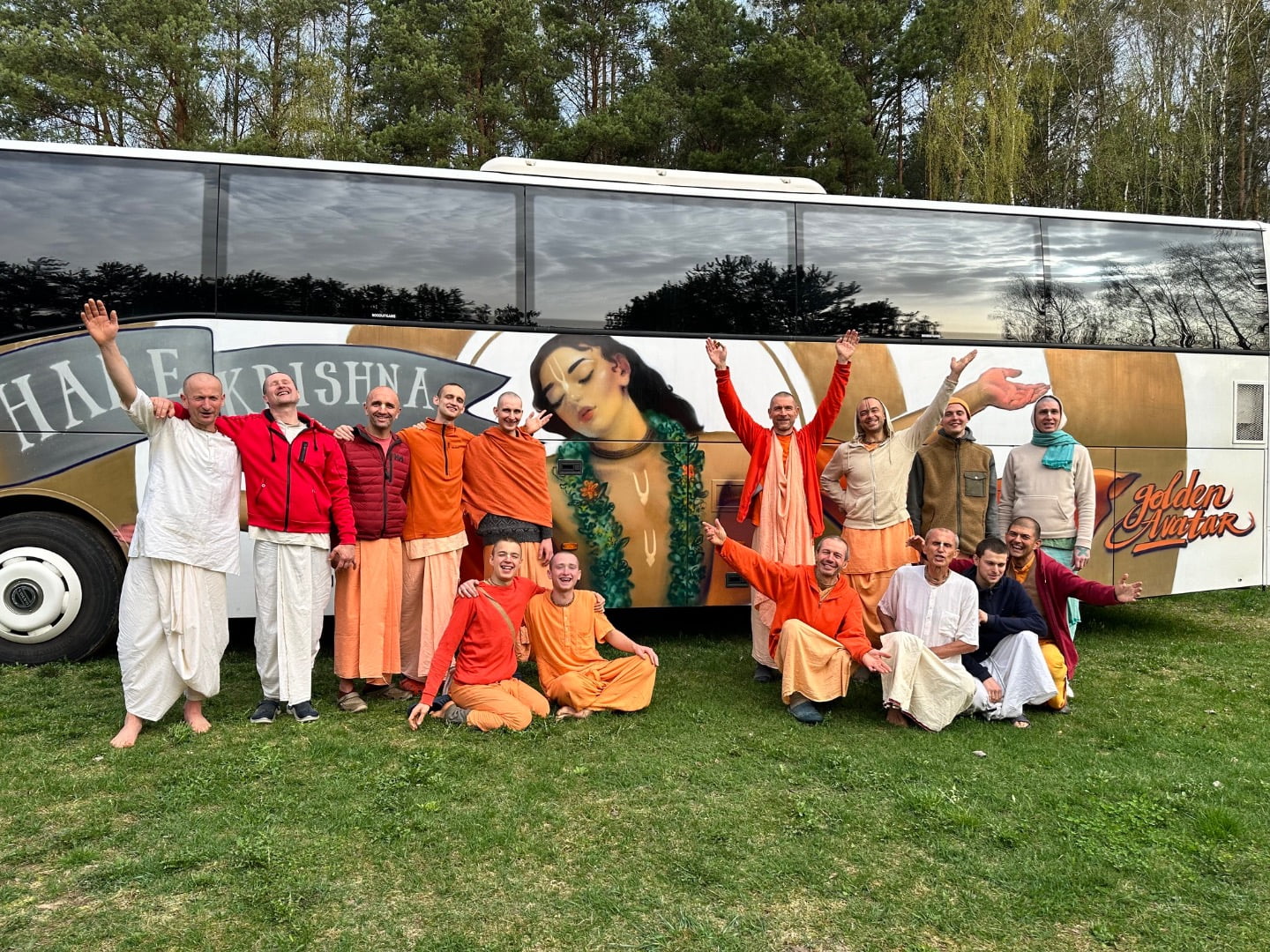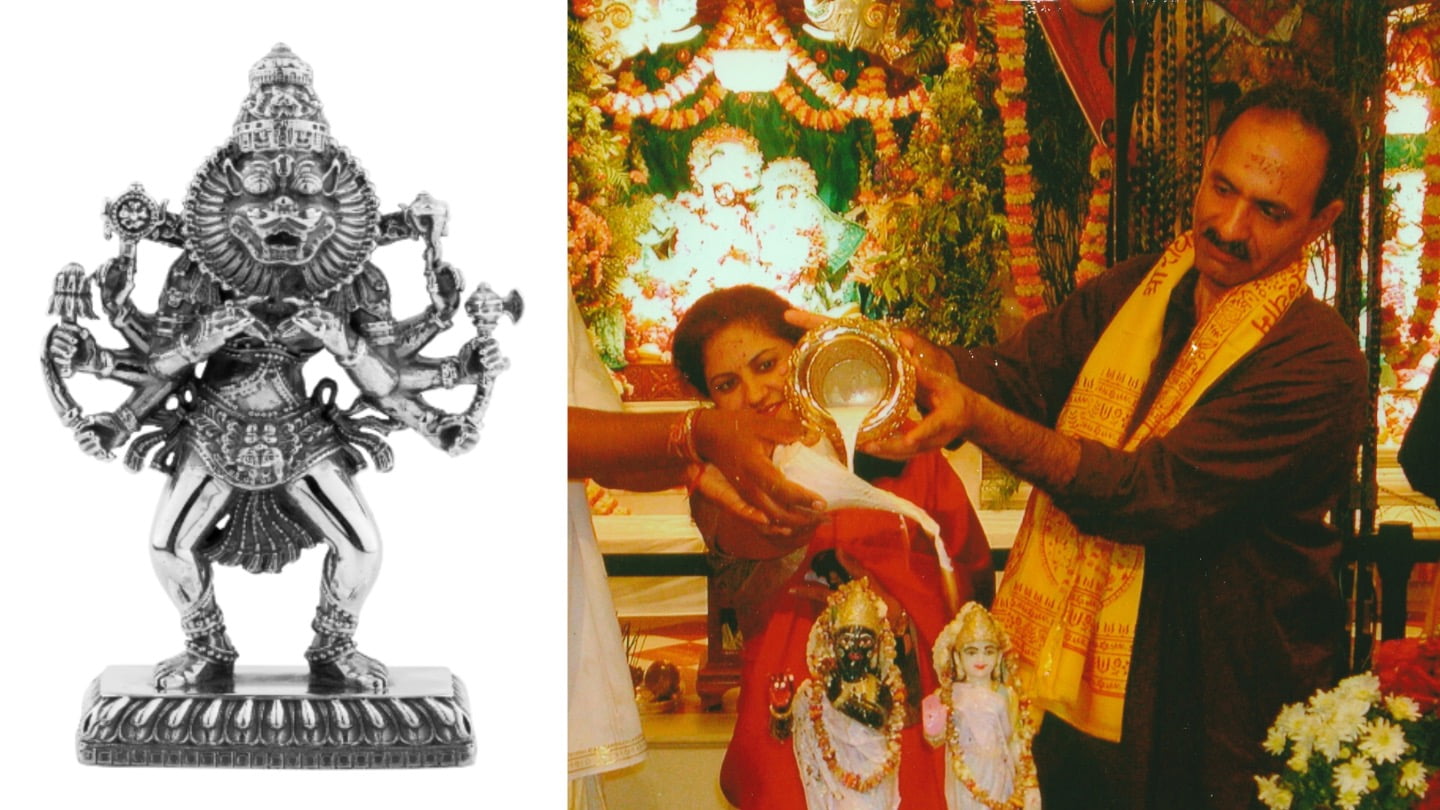Bharatiyas in Egypt? (Part 2)
By Alapan Roy Chowdhury | Dec 12, 2014
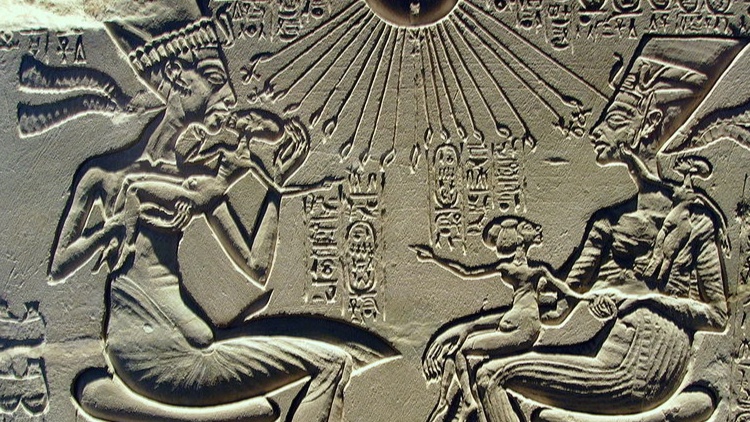
In his book entitled as The journey of Jagannath from India to Egypt: The Untold Saga of the Kushites Bibhu Dev Mishra mentions the earliest Ethiopian traditions, the ‘double race of Ethiopians’, and St. Isidore’s 7th century work Etymologiarium (IX.2.128) (which includes the earlier ‘testimony’s of Eusebius and Philostratus). Misra refers to the 1st century philosopher, Apollonius of Tyana; Egyptologist, A.H.W. Heeren, who has opined that ‘Banian families’ from Bhaarat might have had colonized ancient Egypt & Ethiopia; David Gibson, who thinks that one branch of the Kushites had migrated to Africa (Ethiopia), while the other remained in Asia; Orientalist Edward Pococke, who also seems to hint at the journey of the Sapta Sindhu sea-farers to Egypt; Lt. Wilford, who had reconstructed a map of the Nile based on the Bhaaratiya Puranic texts (note: the Nile was referred to as the ‘Great Krishna, because of its deep blue waters); and Speke who, while referring to the map, writes in his book “Journal of the Discovery of the Source of the Nile” (1863):- “It is remarkable that the Hindus have christened the source of the Nile Amara, which is the name of a country at the north-east corner of the Victoria N’yanza. This, I think, shows clearly, that the ancient Hindus must have had some kind of communication with both the northern and southern ends of the Victoria N’yanza.”[1]
Misra notes how the name ‘Amun’ is reminiscent of ‘Yamuna’, the river connected with Krishna. Amun was the principal deity in Kushite (Kush/ Kash) Ethiopia, whose cult, according to him, was introduced in Egypt by the pharaohs of the 18th dynasty (New kingdom). He also refers to the possible traces of Vedic temple architecture and the ‘Vastu Shastra’ in the architectural achievements of the 18th dynasty pharaohs.
He writes: “…a team of British and Egyptian conservators under the aegis of the British Museum, working on the tomb of Elkab’s 17th dynasty (c.1600-1550 BC) governor Sobeknakht. They “stumbled upon an inscription believed to be the first evidence of a huge attack from the south on Elkab and Egypt by the Kingdom of Kush and its allies from the land of Punt, during the 17th dynasty”[xxiv]. This is during the same time that the pharaohs Kamose and Ahmose were in exile in Kush, preparing to launch an attack on the Hyskos. If Punt is India, then the “allies from the land of Punt” must be a reference to the Kussites who had migrated to Kush around this time from the banks of the Indus, as discussed earlier.”[2] The pharaohs of the 18th dynasty had strong matrimonial connections with the Kushites, and Kushite priests were influential at Karnak.
“The Egyptian Pharaohs called themselves Ramesses of the solar dynasty [19th & 20th dynasty; New kingdom]. It seems to be a derivative of the name Rama & the Surya-vamsa dynasty.” [3]
Amorites and Hyksos:
The Amorites from Mesopotamia and Canaan had moved onto Egypt. Abraham was one of them; his name has been interpreted as ‘Brahma’ (his consort Sarai has been identified with ‘Saraswati’), and according to Dr. Ranajit Pal, the Amorites were most probably Indo-Aryans from Bhaarat- the authors of the Vedas. Dr. Pal thinks that the Amorite king Hammurabi of Babylon might have either been Raavan, or his half-brother, Vibhishana (we know that their father was an Aarya Brahman) of the Hindu epic, “Ramayana”.
The Amorites in Egypt were known as ‘Habiru’ (or Hapiru). As their numbers increased in northern Egypt, they established an independent region over there. These ‘men of obscure birth from the east’ were called the ‘Hyksos’- ‘foreign kings’ (‘heqa-khaset’), or ‘shepherd kings’, who introduced the chariot, the composite bow, and bronze weapons to Egypt.
The 15th dynasty Hyksos king Khyan (or Khian)’s name has been interpreted as Amorite ‘Hayanu’, a name which also appears in the Assyrian (Assur) king-lists of Mesopotamia. Dr. Ranajit Pal has opined that the Assyrians were half-Indians, and their ancestors belonged to the Gandhara region of ancient Bhaarat.
Hurrians:
The Horites of the “Old Testament”, who had invaded Canaan, were possibly the Hurrians from the kingdom of Mitanni. They were ruled by the Indo-Aryans who had established this ‘super-state’ in western Asia. If I’m not wrong, it was alternative researcher Subhash Kak, who had pointed out the 18th dynasty pharaoh, Akhenaten (aka Amenhotep IV) ‘s familial connections with the Hurrians- his parents and wife were related to the Mitanni. It is a well-known fact that he was a monotheist who worshipped the sun-god, Aten (or Aton). And, sun (Mitra/ Surya)-worship was popular among the Indo-Aryans and/or the Indo-Iranians of Bhaarat in the antiquity. On the other hand, religious scholar, Bhakti Ananda Goswami has shown the Vaishnava nature of Akhenaten’s ‘religion’ through his research.
The name of Akhenaten’s new capital city (Amarna) does sound like ‘Amarnath’ (Hindu cave-temple in Kashmir dedicated to Lord Shiva). There is another Amarna (Tell Amarna) in Syria.
The Wikipedia says: “Contemporary with the Hyksos, there was a widespread Indo-Aryan expansion in central and south Asia. The Hyksos used the same horsedrawn chariot as the Indo-Aryans, and Egyptian sources mention a rapid conquest. The German Egyptologist Wolfgang Helck once argued that the Hyksos were part of massive Hurrian and Indo-Aryan migrations into the Near East. According to Helck, the Hyksos were Hurrians and part of a Hurrian empire that, he claimed, extended over much of Western Asia during that period.”[4]
Israelites:
The Amorite ‘captive shepherds’ (or the Hyksos) have been identified by Flavius Josephus (1st century AD) with the Hebrews of the Bible. It is possible that the Canaanites, the Aramaeans, and the Israelites were different branches of the Amorites only. However, it is also possible that the Israelites or the Jews (Yahdus) ‘developed out of a combination of new immigrants who joined up with indigenous people’ of Canaan. I wonder who the ‘giants’ of the Bible might have been! But they do remind me of people like Great Khali, Satnam Singh Bhamara, and Md. Irfan.
Dr. Ranajit Pal and other scholars have identified the first Jews with the Bhaaratiya Yadus of the Rig-Veda. Dr. Pal has done extensive research on ancient near-east, and he says that the Yadus and the Phoenicians had most probably migrated to Canaan after the Mahabharata war. Wim Borsboom too thinks that the early Hebrews (or their ancestors) were immigrants from the Sapta Sindhu region. A connection between the Sanskrit & the Hebrew languages has also been detected. Moreover, it has been suggested that Kashmir might have been the ‘promised land‘ of Moses, and of the ‘lost tribes’ of Israel.
The story of Moses and the Israelites in Egypt, which has been documented in the “Old Testament”, is well-known. “The idea of Akhenaten as the pioneer of a monotheistic religion that later became Judaism was promoted by Sigmund Freud in his book Moses and Monotheism and thereby entered popular consciousness. Freud argued that Moses had been an Atenist priest forced to leave Egypt with his followers after Akhenaten’s death. Freud argued that Akhenaten was striving to promote monotheism, something that the biblical Moses was able to achieve.”[5]
Phoenicians and trade:
Austin Cline writes about the Phoenicians (and the Canaanites) and the Hebrews: “If the languages and scripts were that similar, they probably shared quite a bit in culture, art, and perhaps even religion… It is likely that the Phoenicians of the Iron Age (1200-333 BCE) came from the Canaanites of the Bronze Age (3000-1200 BCE)… The name ‘Canaan’ may come from the Hurrian word, kinahhu, for the same color (‘red or purple dye, laboriously produced by the Kassite rulers of Babylon from murex shells as early as 1600 BC, and on the Mediterranean coast by the Phoenicians.’[6] ) This would make Phoenicia and Canaan the same word for the same people, but in different languages and at different points in time.”[7]
Was there a connection between the Kassites and the Phoenicians? Were the Phoenicians a branch (traders?) of the Kassites only? A.H.W. Heeren does mention the possibility of the colonization of Ethiopia/ Egypt by Bhaaratiya ‘bania’s/ merchants. The Phoenician (Pani/ Pania/ Bania?)s are believed to have been maritime traders from Bhaarat. However, it is also possible that they were outcasts from ancient Afghanistan (Gandhara), who had turned into merchants after migrating to coastal Canaan.
Dr. Ranajit Pal thinks that the presence of many ‘Ram’-named cities in the near-east might be due to the presence of peoples like the Yadus and the Phoenicians, who had migrated from Bhaarat to the Levant in post-Mahabharata times. Might that explain the ‘Ram’ in the prefix of the name ‘Ramesses’? …Anyway, according to Dr. Pal, the Phoenicians might have had carried the Harappan alphabets to Syria. The Phoenician and Aramaic scripts have notable similarities with the Kharosthi and Brahmi scripts of Bhaarat, which might have evolved from the earlier Harappan script.
Legend has it that an Egyptian pharoah had hired a band of Phoenicians to map and circumnavigate Africa. The Phoenicians might have had considerable influence on Egypt in the first millennium. Phoenicia had trade-links with the 22nd dynasty (during the Third Intermediate Period) of Egypt. By the way, the name of the Libyan king who had founded the 22nd dynasty is Sheshonk or Sheshonq I, whose name sounds similar to the Bhaaratiya name ‘Shashaank’.
Thor Heyerdahl believed that Sapta Sindhu had cultural and trade-relations with Egypt. Dr. Geoffrey E. Ludvik’s research concluded that ancient Bhaaratiya goods might have made their way to Greece through Egypt. This echoes what Rajeswar Gupta had written in his 1902 essay on the Phoenicians.
The others:
It has been suggested that the Hittites (Hebrew: ‘Kheti’) were Indo-Iranian Kshatriyas (warrior-people). The Hatti (Khatti) kingdom of Anatolia had hostile relationship with Egypt; the mutual hostilities ended after the battle of Kadesh. The origins of the Philistines of Canaan (mentioned in the Bible) and, the so-called ‘sea-peoples’ (9 groups of ancient Mediterranean seafaring raiders) are also debated. The Hittite and Philistine languages are believed to have been Indo-European. The so-called ‘Persians’ (Indo-Iranian Achaemenid and Sassanid conquests) and the Assyrians had invaded Egypt too.
Genetic studies:
In Wim Borsboom’s opinion, the berber people of north Africa are the descendants of immigrants from the Sapta Sindhu. He has based his “Meso/Neolithic* Migration Route by Sea from Sindh to North European Coastal Regions” hypothesis on the available genetic data. In today’s Egypt, the berbers are present in the western part of the country. There is an ancient temple of Amun in that region too.
* * *
About the author: Alapan Roy Chowdhury is an amateur alternative researcher. He has done his Master’s in English literature at the University of Calcutta. Currently, he is pursuing the Bachelor of Education (B.Ed.) course under the same University, with English and History as Method subjects.
Read Part One of the article here: http://iskconnews.org/bharatiyas-in-egypt,4709/
* * *
References:-
[1] & [2]. The journey of Jagannath from India to Egypt: The Untold Saga of the Kushites, Bibhu Dev Mishra.
[3]. Historical Rama- documentary by Bharath Gyan- Experience the knowledge of India.
[4]. Wikipedia: Origins of the Hyksos.
[5]. Web-article: Pharaoh Akhenaten (on www.crystalinks.com)
[6]. Wikipedia: Canaan.
[7]. Who Were the Canaanites? Canaanites in the Old Testament & History, Austin Cline








